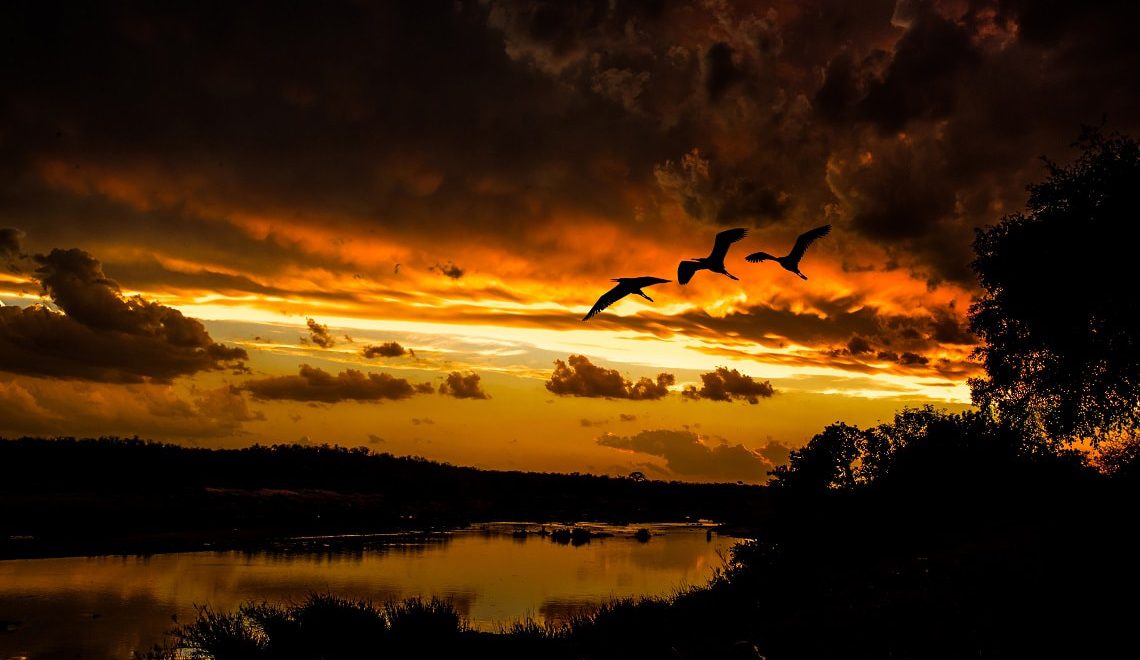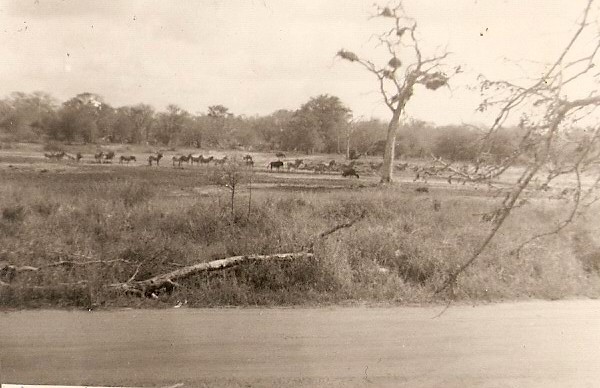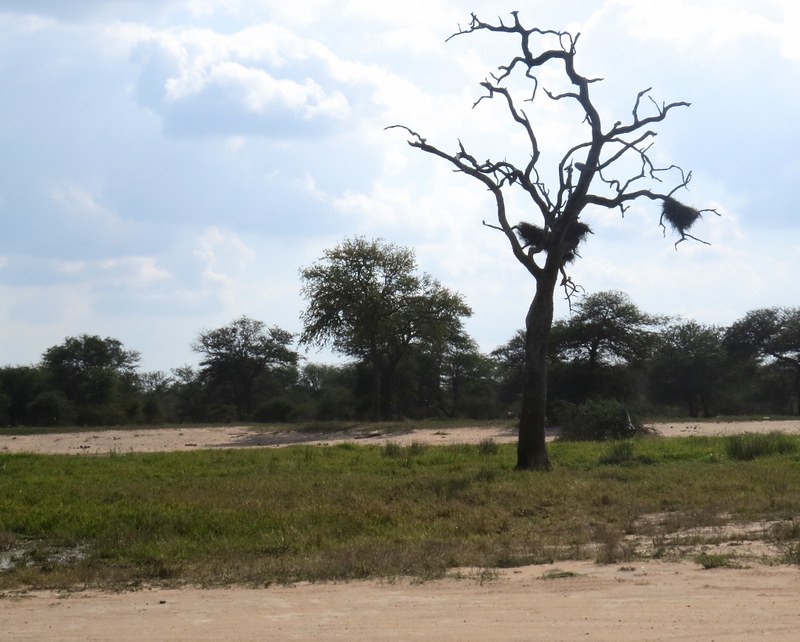
The majestic baobabs of Kruger’s Makuleke area are immense, iconic and vital to the ecosystem. As South Africa prepares to celebrate Arbor Week in the first week of September, also Heritage Month, Wild looks at these impressive trees. By Daniel Polakow
I wandered into the lands of the Makuleke Contractual Park by accident 10 years ago, and I’ve struggled ever since to shake its hold on me. Around 150km north of the Letaba River in the Kruger National Park, past the monotony of mopane veld, is where you’ll find this extraordinary ecosystem. As you descend into the Limpopo floodplains, things start to change quickly. The air thickens noticeably, the sheer amount of life around increases, and the radiance of the tropical vegetation and riverine beauty becomes eye-popping. And here, baobabs are peppered liberally around the landscape.

The baobabs above N’wambi Pan. Pictures by Daniel Polakow
This small area, concentrated in the northernmost section of the Kruger (often referred to as the Pafuri Triangle), is also its most biodiverse – around 1% of the land accounts for close to 75% of the biodiversity. The Luvuvhu River bisects the landscape as it runs east through the dramatic Lanner Gorge to join the Limpopo at the confluence of three countries.

The graceful Luvuvhu River
Here you find species (from trees to scorpions and birds) that you’re unlikely to find elsewhere in South Africa. The boom of Pel’s fishing owl is your night-time accompaniment. The area is also rich in anthropological history, the crumbling walls of the ancient Thulamela City hiding behind the nyala berries at the end of the S64 road.

A tree scorpion (Opisthacanthus spp.) under UV light. Of the 160 scorpion species in South Africa, three are worth keeping a safe distance from. The tree scorpion is not one of them
Kruger’s Makuleke Concession
To the north of the Luvuvhu lies the land of the Makuleke. When the Thulamela dynasty ended, the Makuleke – a Tsonga-speaking agricultural and fishing people – settled and resided in the area from the early 19th century up until 1969, at which time they were forcibly exiled by the apartheid government to outside the Kruger, close to the present Punda Maria.
In 1996, their land claim was successful and the Makuleke chose not to resettle but to retain the landhold, and engage with the private sector and invest in tourism. The area is now a concession area. The Makuleke are deservedly proud but remarkably humble, and it’s always a tremendous privilege to be their guest.
In the Pafuri Triangle, the pans that are formed from the episodic flooding of the Limpopo are of such ecological significance to migratory waterbirds that they are protected by international treaty and form part of a Ramsar wetland. Here, too, you will find sprawling fever tree forests and secluded sylvan ana tree groves.

The Makwadzi Pan eagerly awaiting the rain

Sunrise through the fever tree forests
The iconic baobab
The baobab is an iconic African tree species and one that captures the admiration of most who encounter it. I’ve spent the last few years photographing these magnificent trees up in the Makuleke concession area as well as its surrounds.

Gualala Hill sunset
Some interesting facts about this species: there are nine species of baobab, only two of which are native to Africa. Our species, Adansonia digitata, is pollinated by bats, whereas species elsewhere are pollinated by lemurs (Madagascar) and hawkmoths (Australia), as well as bats.
Ageing a baobab tree is tricky, with tree girth being less correlated with age than you might imagine. Radiocarbon dating has revealed some of our larger specimens in the area are well over 1,000 years old. Most large adults are thought to be in their mid-hundreds. Surprisingly, some trees are now known to comprise not one but two individual trees that have become co-joined. Lastly, depending on how strictly you define trees (for example, woody plants with secondary growth), baobabs are not really trees at all, but flowering plants, and the largest succulents in the world.
In the Makuleke, these impressive giants grace the land – each one uniquely sculpted by the soil and the sun, and each telling a different story. My love of this part of Africa is inextricably linked to my appreciation of this spectacular tree. May you come to know and love them, too.
Share your pictures for Arbor Week 2017
What is your favourite tree? Do you like photographing incredible tree species? Email your pictures to wilddigital@tipafrica.co.za and we will share the best images on our Facebook, Twitter and Instagram feeds during Arbor Week 2017.




